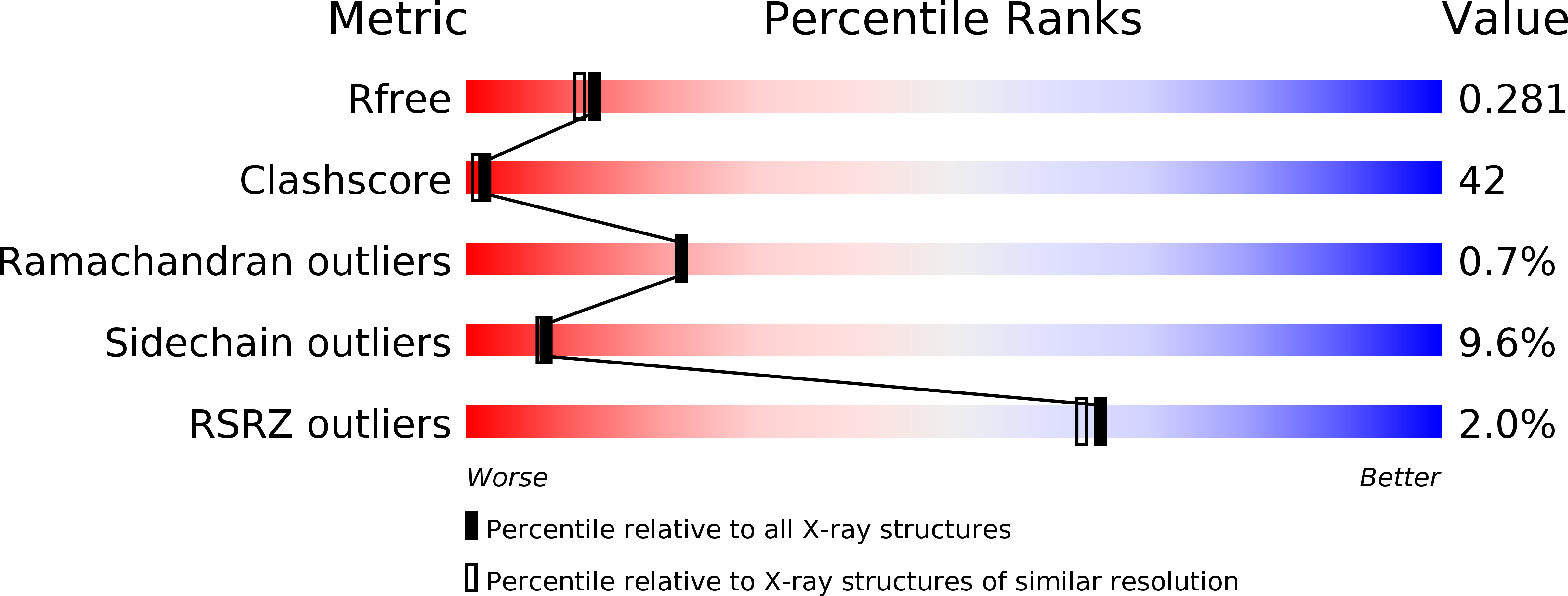
Deposition Date
2009-07-23
Release Date
2009-08-18
Last Version Date
2023-09-06
Entry Detail
PDB ID:
3IF0
Keywords:
Title:
Crystal Structure of the Nanoarchaeum equitans tRNA splicing endonuclease structural subunit
Biological Source:
Source Organism:
Nanoarchaeum equitans (Taxon ID: 160232)
Host Organism:
Method Details:
Experimental Method:
Resolution:
2.20 Å
R-Value Free:
0.27
R-Value Work:
0.24
R-Value Observed:
0.24
Space Group:
P 32 2 1


